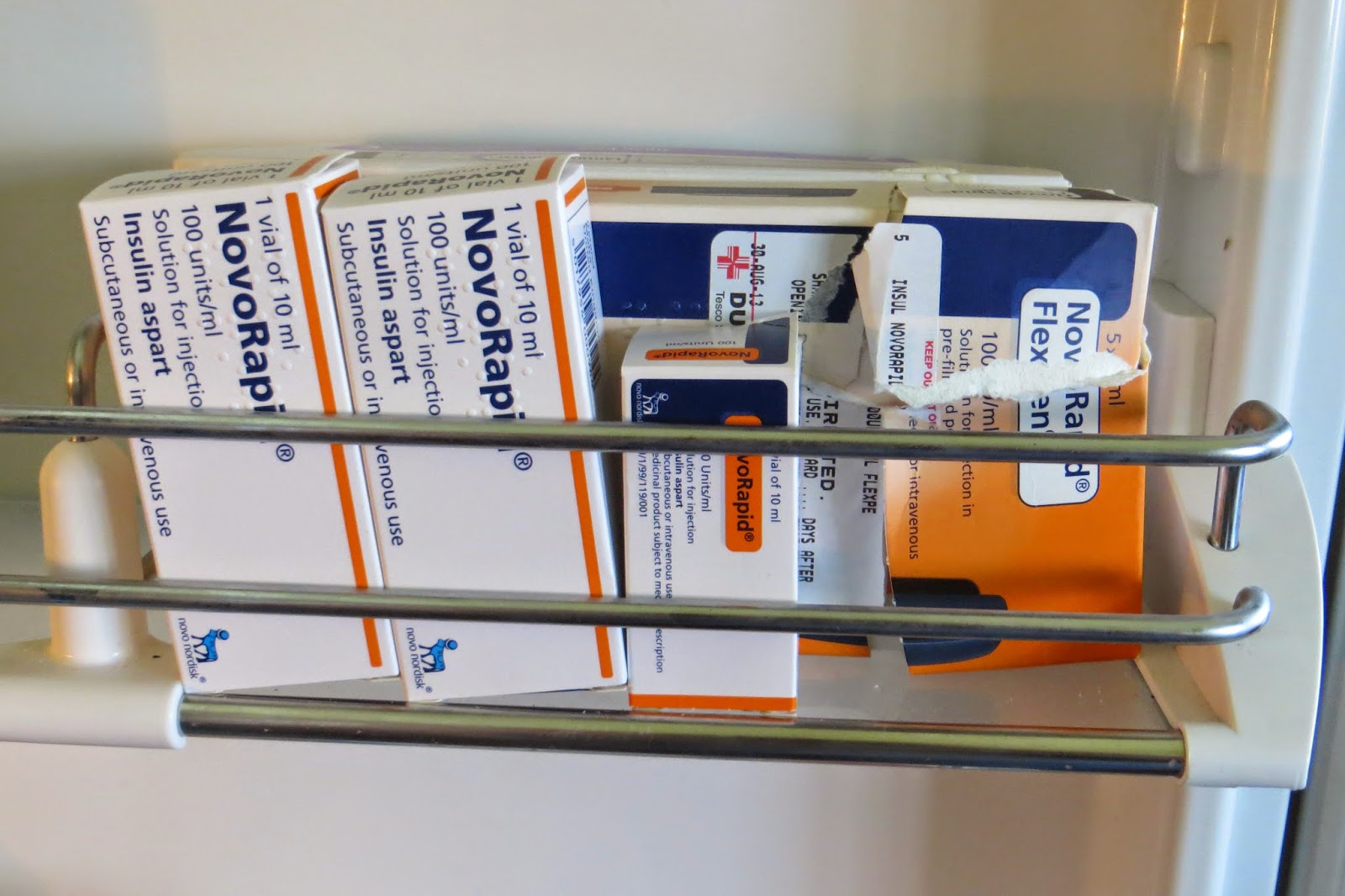Disclaimer: I am not a scientist, nor do I have anything close to a medical degree. The views and opinions expressed are my own interpretation of the information and training I have received with my diabetes over 20+ years.
What is a CGMS?
CGMS is Continuous Glucose Monitoring Sensor. It consists of a sensor pod, which contains a very thin needle-like component inserted under the skin. It's about an inch long, the width of two strands of hair and just as flexible. The sensor reads how much glucose there is in the liquid between the cells called interstitial fluid. And it take this reading every few minutes.
 |
This is the glucose sensor with
the transmitter attached. |
The CGM has a transmitter attached to the sensor pod which sends the data from the sensor to the receiver. In my case, the receiver is built into my Animas Vibe insulin pump.
A finger pricker blood glucose test on a Blood Glucose Meter measures the amount of glucose in a drop of blood.
It has taken a decade (or two) for the technology in a CGM sensor to match the accuracy of a Blood Glucose meter but in my opinion it was worth the wait.
The Awesomeness!
 I can press one button on my pump and have an indication of where my blood sugar is.
I can press one button on my pump and have an indication of where my blood sugar is.
I was driving to visit my Mother who lives an hours and a half away - I tested before leaving and I was fine to drive but my CGM alarm went off about 45 minutes into the drive alerting me that my BS were less than 4.4. There were 4.1 and dropping and as the saying goes "don't drive under 5". I wouldn't have caught that low until I was well into it.
A couple of days into sensing, I figured out how to view the 6, 12 and 24 hour graphs. I was so surprised to see that my overnight blood glucose readings are not AT ALL like what I thought they were!
I have done basal rate testing occasionally but was never surprised at the results. I go to bed in range and wake up in range but according to the CGM data there is a LOT of bouncing in between! I had been catching the in range readings every two hours. But in between those two hours was an up-swing. I never would have suspect that.
 |
| Whoa! |
My sisters hen night was two days into wearing the CGM. So with a couple of beers in my system (and only a couple), and a restaurant meal the predictable happened. My CGM alarmed every 30 minutes to remind me that my blood sugars were in the high teens. But it told me if they were still rising or if there were holding steady which meant that I had more information to address the highs (or high, as it was one long continuous high).
The Meeh!
So, I'd been wearing the CGM on my upper arm for a few days and apart from hitting off a couple of doors I had no huge problems. Just one minor issue, my arm where the sensor is placed is a little tender. So, if I get lucky enough, to be able to use this device again, I would explore other areas to place it.
The layers of tape trying to keep it secure are getting a bit itchy.
My one big concern, at this moment, is that the weather has gotten warmer (finally) and the CGM is visible if I wear a short sleeved t-shirt. I wore a light cardigan over my T the first day. The CGM makes my diabetes visible and I know it's going to be difficult to explain this device when I'm still learning about it myself. But I shall embrace this when I'm ready.
Overall, having the extra information from the CGM is great - I can't deny that. I would love to have one permanently. However, and this is an important however, I would never rely on it explicitly as what my blood sugar reading is. I still do my 8 finger pricker tests daily.













